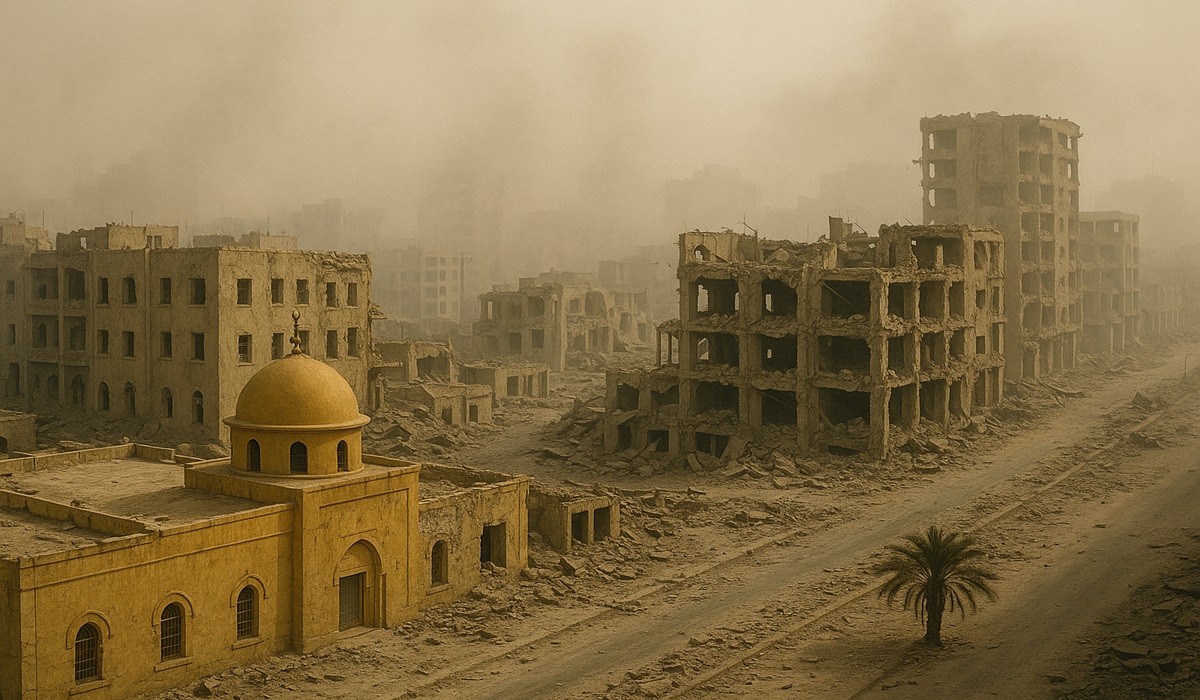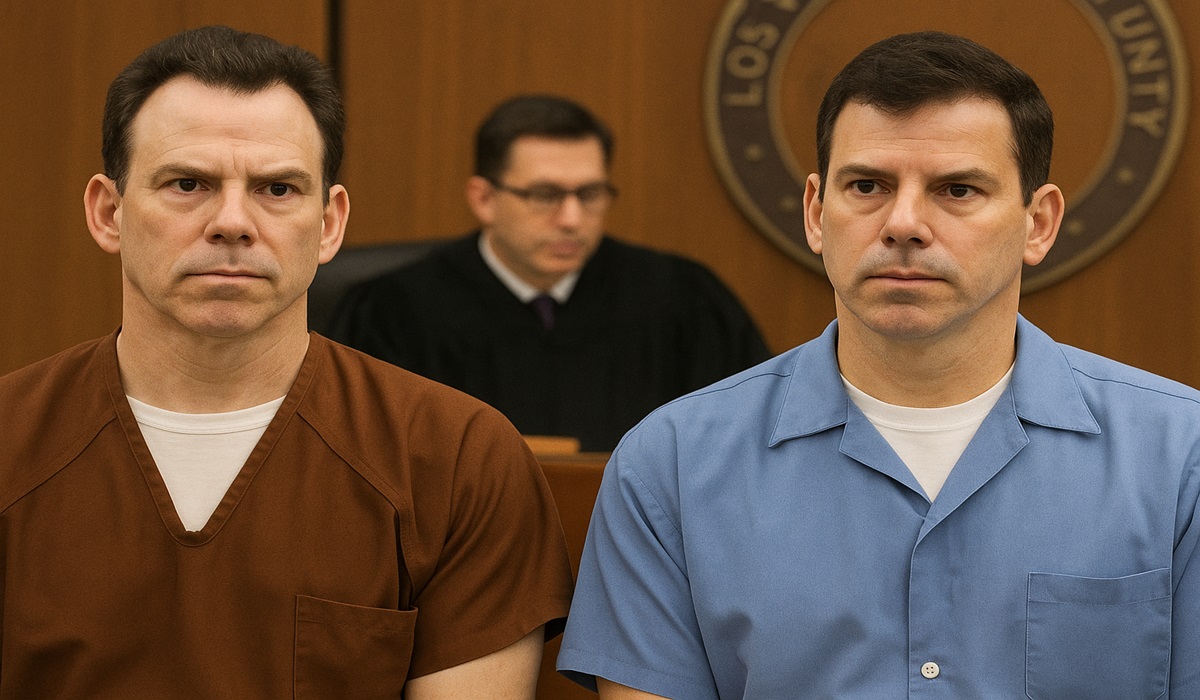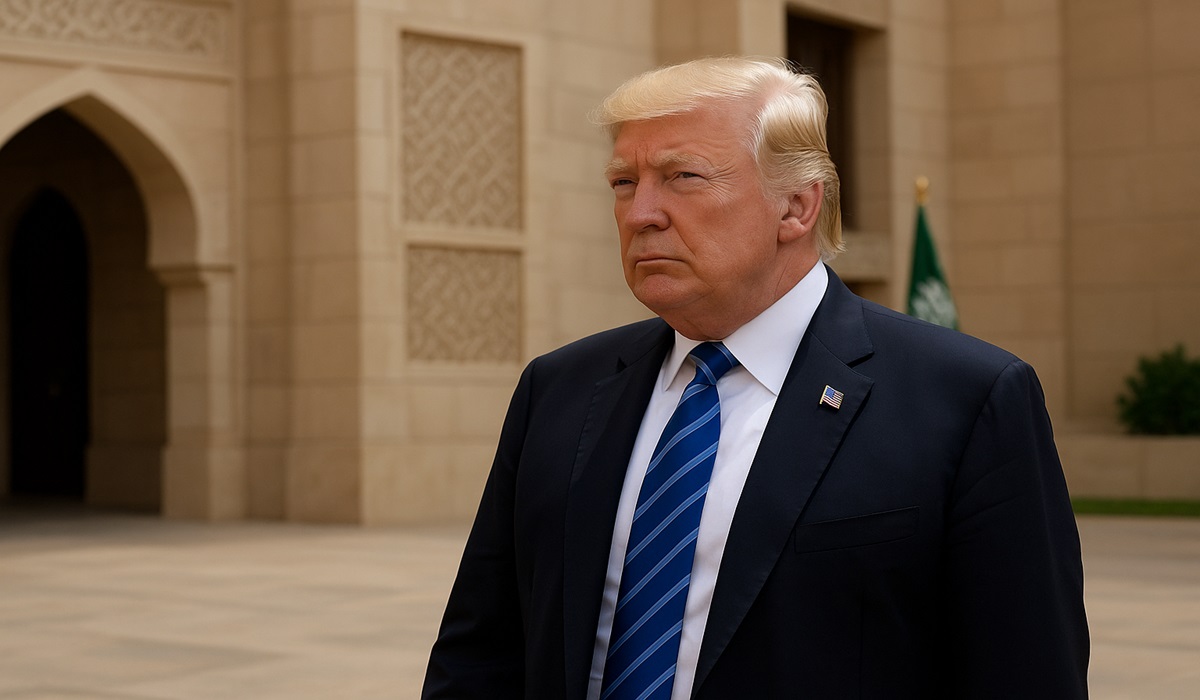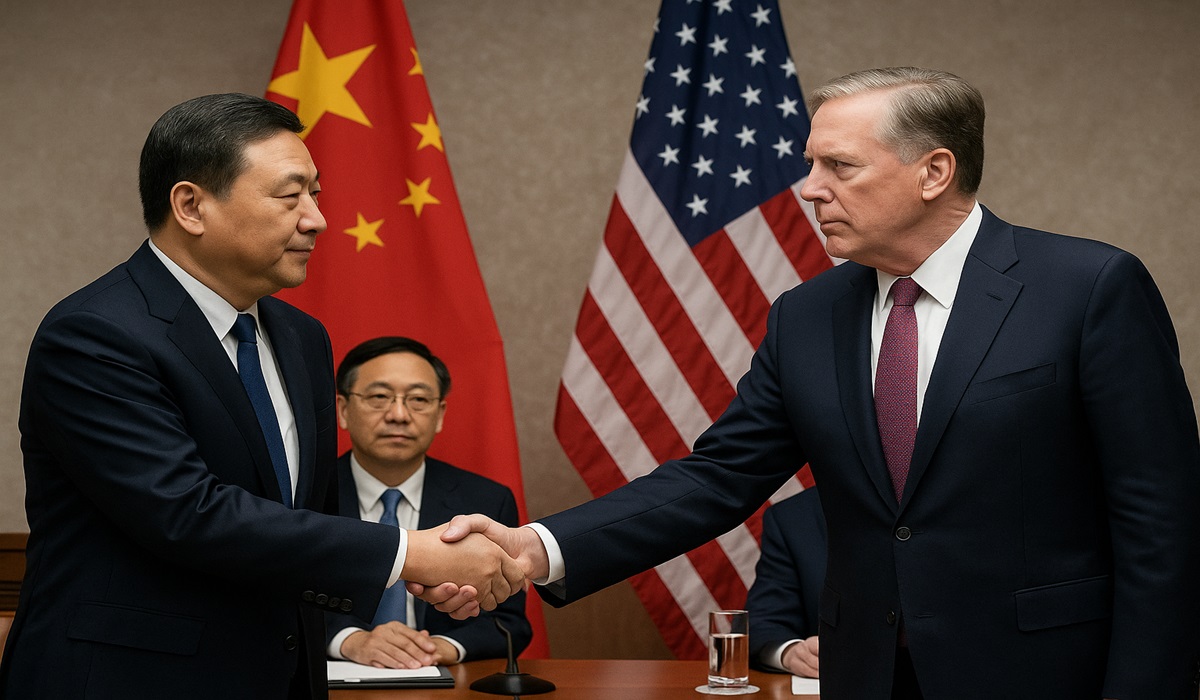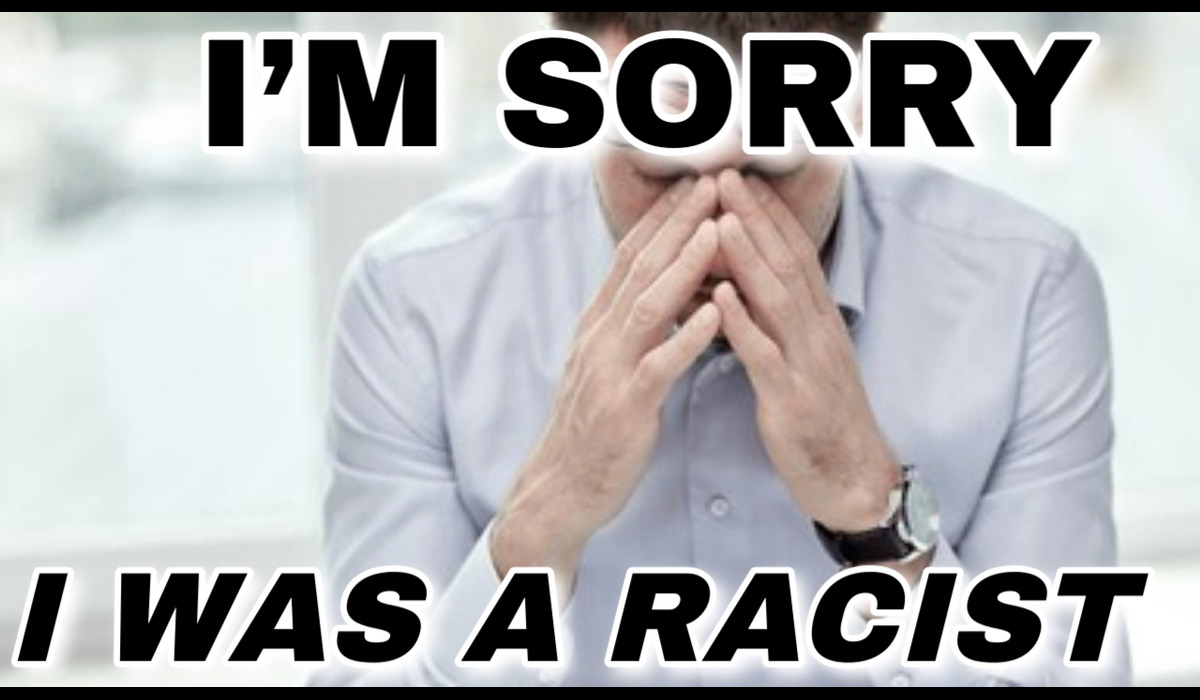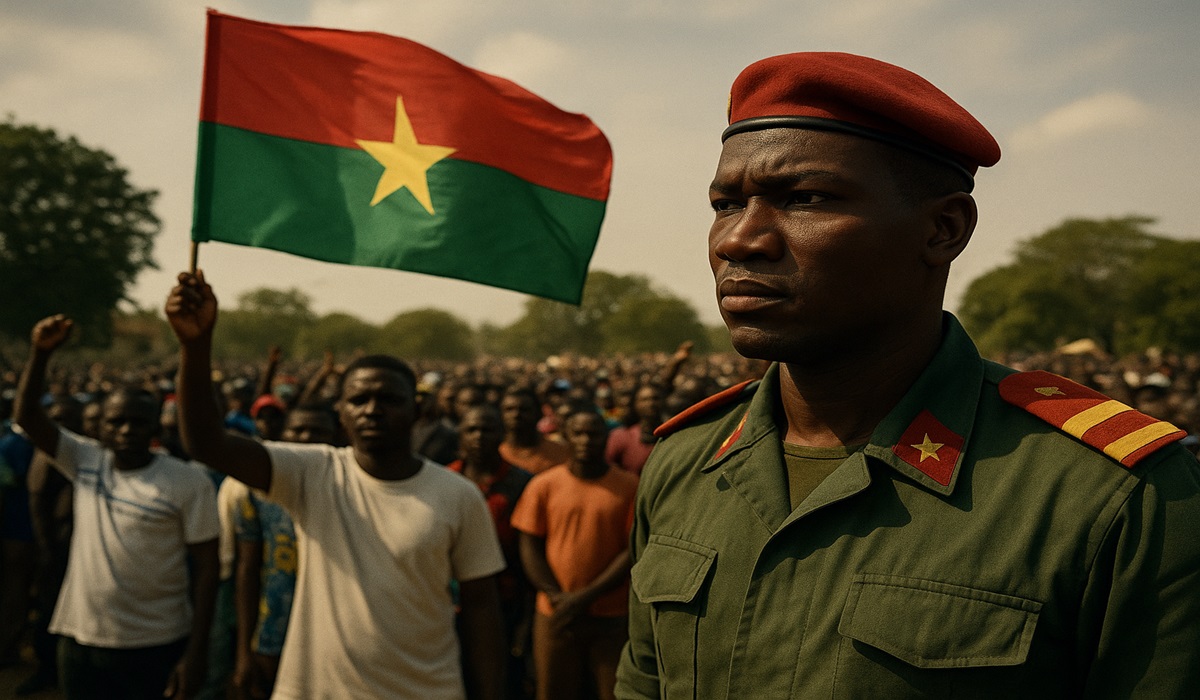Presidential libraries are designed to enshrine legacies, to cast past leaders in polished marble and framed glass, often omitting the darker chapters that accompanied the applause. As the Obama Presidential Center rises on the South Side of Chicago, it is already being heralded as a monument to hope, progress, and historic firsts. But legacies are not built solely on speeches and symbolism. They are shaped equally by policy, action—and consequences. And the full legacy of Barack Obama, the 44th President of the United States, demands a sober and unflinching examination of what was done in the name of progress.
For all the charisma and lofty ideals, Barack Obama also presided over a foreign policy regime that, in modern history, holds the distinction of being the most drone-reliant in American warfare. Under Obama’s two terms, the United States conducted more than 563 drone strikes, primarily in Pakistan, Somalia, and Yemen, according to data compiled by the Bureau of Investigative Journalism. These strikes resulted in thousands of deaths, including untold numbers of civilians whose names and stories were often reduced to the term “collateral damage.” While the justification was always couched in national security terms, the reality was that Obama normalized remote warfare—a clinical form of assassination far removed from the battlefield, lacking transparency and oversight.
That normalization wasn’t limited to bombs abroad. Domestically, one of the more quietly grim aspects of the Obama administration was its aggressive immigration enforcement policies. The infamous images of children in cages under Donald Trump’s administration sparked national outrage, yet the physical infrastructure and policy framework for those cages were constructed under Obama’s watch. In fact, Jeh Johnson, Obama’s Secretary of Homeland Security, confirmed that the Department began detaining migrant children en masse as early as 2014, in response to rising numbers of unaccompanied minors arriving at the southern border. According to the ACLU and other civil rights groups, over 3 million immigrants were deported during Obama’s presidency—more than under any previous U.S. president. The moniker “Deporter-in-Chief” didn’t originate on conservative talk radio; it came from immigration advocates disillusioned by the stark gap between Obama’s rhetoric and reality.
But perhaps the darkest chapter in this legacy, and the one least likely to appear etched into a commemorative exhibit, is the U.S.-led destruction of Libya. In 2011, under the pretense of humanitarian intervention and backed by a NATO coalition, the Obama administration—alongside then-Vice President Joe Biden and Secretary of State Hillary Clinton—authorized a bombing campaign that toppled Libyan leader Muammar Gaddafi. The result was not liberation, but a descent into chaos. Obama would later call the aftermath of the Libya intervention his “worst mistake,” yet the consequences of that decision continue to fester today.
Before the intervention, Libya had one of the highest standards of living in Africa. Under Gaddafi’s regime—authoritarian though it was—citizens benefited from free healthcare, subsidized housing, and access to education. One of Gaddafi’s most ambitious projects was the Great Man-Made River, a $25 billion aquifer and pipeline network that delivered clean water across the desert to cities and farms. That infrastructure, built to serve the people, was bombed during the NATO campaign, reportedly with munitions containing depleted uranium, contaminating water sources and crippling agriculture. Libya today is a fractured state plagued by civil war, open-air slave markets, and humanitarian collapse.
Why the urgency to dismantle Libya? It was not just about toppling a dictator. Gaddafi had been working actively to push African nations toward the creation of a gold-backed dinar, a unified African currency that would have challenged the supremacy of the U.S. dollar in African trade. According to declassified emails and diplomatic communications, this move was perceived as a threat not only to Western financial dominance, but to the continued economic exploitation of the continent. In effect, Gaddafi was attempting to lead Africa toward self-determination—a sin far greater in the eyes of empire than human rights violations.
And now, a decade later, that fear is being realized in slow motion. One by one, African nations are rejecting Western monetary systems, pushing to dismantle the CFA franc, a colonial-era currency still used in parts of West and Central Africa under French control. Countries like Mali, Burkina Faso, and Niger have expelled foreign troops, nationalized their mines, and begun working toward resource sovereignty. Their leaders cite the very exploitation that has long benefitted Western nations at Africa’s expense.
The Obama administration’s role in perpetuating that exploitation—through military force, diplomatic doublespeak, and covert economic subversion—cannot be scrubbed from the historical record. It must be acknowledged that while Obama embodied the image of a transformative leader, he also acted decisively to uphold the geopolitical status quo. He sold arms to regimes with abysmal human rights records. He expanded surveillance. He protected Wall Street at Main Street’s expense. And he executed foreign policies that displaced and killed far too many people under the stars and stripes of American exceptionalism.
This is not to deny the good—no legacy is monochromatic. But as the Obama Library promises to inspire “generations to come,” it must also confront the full measure of what was done. To pretend otherwise is not just disingenuous. It is dangerous. Because legacies are not what presidents claim. They are what the world remembers after the applause has faded, after the bombs have dropped, and after the victims are left to rebuild from the rubble.

